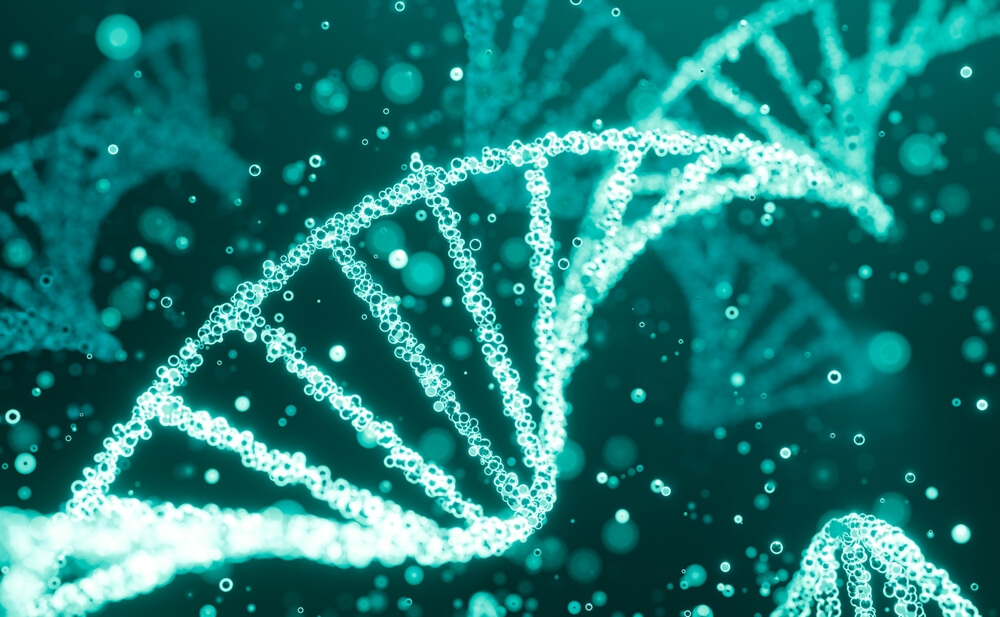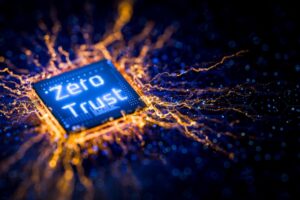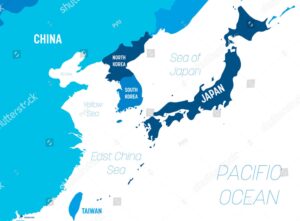Sponsored Content
The United States is doubling down on its technological future, investing billions and racing to outpace rivals in artificial intelligence (AI), semiconductors and microelectronics. But amid the sprint to dominate the digital world, we’re overlooking a critical frontier: the living one.
Elevating AI and chips to national priorities is essential, but it’s also time to give biotechnology and biosecurity the same strategic focus. The U.S. should stop treating biosecurity as a low-visibility, high-impact endeavor and recommit to biotechnology as a launchpad for economic prosperity, with biosecurity as the guardrails that keep us accelerating in the right direction into the future.
Today, “success” in biosecurity, i.e., protections against the introduction or spread of harmful biological agents, such as diseases, pests and invasive species, is narrowly defined. It means that nothing happens—no attack, no rogue laboratories, no nothing.
With this myopic view, political leaders and taxpayers perceive that nothing comes from this security investment—which could not be further from the truth. Just as AI and chips are shaping the digital world, biotech and biosecurity are shaping the living world. Biosecurity is positively impacting public health, tourism, biodiversity, agricultural productivity, trade and market access, and its reach is expanding through new applied research & development.
As a technical fellow at Battelle, a nonprofit and world-leading applied science and technology organization, and the former director of the Biological Technologies Office at the Defense Advanced Research Projects Agency (DARPA), I’ve seen firsthand how emerging biotechnologies can empower humanity and how they are essential for our national security.
The question we must ask ourselves: Have we fully realized that biosecurity is a must for economic prosperity?
Smart biosecurity innovation is pro-growth
Think of biosecurity as a dual-purpose investment: part insurance policy, part economic flywheel.
It reduces risk, offers protection against supply chain shocks and biothreats, and it enables job creation, the development of high-value products and the establishment of entirely new markets. The nation that can program biology—to design materials, grow therapeutics or build biofabricated infrastructure—will wield economic power that outpaces its global competitors.
Biotechnology is a cornerstone of the U.S. economy, with the global market valued at $1.55 trillion in 2023 and projected to grow to $3.88 trillion by 2030. North America currently holds the largest market share (41.37%), underscoring the region’s leadership in biotech innovation. The U.S. invested $806 billion in gross domestic R&D expenditures in 2021, much of which supports biotech advancements in healthcare, agriculture, and defense.
Other nations such as China are building state-sponsored bioindustrial infrastructure with dual-use capabilities, and they are poised to lead in biotech exports, novel synthetic materials and defense capabilities that might outmatch those of the United States.
Much like the Sputnik event of 1957, when the U.S. learned that the Soviet Union had technology far more powerful than our own, it sparked the development of advanced space technology that has greatly impacted American life and security. We are at the same juncture today with biotechnology and biosecurity.
Connecting biotechnology and biosecurity to everyday life
Biotechnology and biosecurity must exist in the everyday lives of all Americans.
One example of where this can happen is through the National Ecological Observatory Network (NEON), funded by the National Science Foundation. NEON collects continuous environmental and biological data from 81 field sites across 26 states and Puerto Rico. NEON’s cutting-edge methodologies impact every region of the U.S. NEON is akin to a living sensor network, monitoring everything from soil microbes to atmospheric shifts.
With vision and investment, NEON could evolve into a dual-use platform for national biosecurity and economic intelligence. By integrating biosurveillance, AI analytics and real-time collection of data, NEON can power innovations across public health, national security, climate resilience, and even consumer applications.
The many benefits of biointelligence
We could use the biointelligence gleaned from an upgraded NEON not just as a life science but as an information layer of the modern economy in the following ways:
- Early biothreat detection: A radar to detect engineered pathogens or toxins at public events or urban centers.
- Smart water monitoring: Real-time alerts for chemical or microbial contamination in drinking water.
- Infrastructure safety: Early detection of microbial corrosion or sabotage in bridges, water systems and pipelines.
- Risk & insurance analytics: New underwriting models for real estate and infrastructure, informed by biodegradation signals.
- STEM education: A national lab in the wilderness environment, training the next generation of bioeconomy workers.
- AI model development: Real-world biosignal inputs to train smarter models in robotics, environmental prediction and synthetic biology.
Biotechnology is unlike any other realm of technology—it is living, adaptive, capable of being engineered and weaponized. Deep knowledge about its function is nation-building for the 21st century. The United States is at the crossroads of a global technological power competition, and we must prioritize biosecurity as a cornerstone of our national strategy to ensure that it is not only a shield against emerging threats, but a tool for economic prosperity.
Achieving a strong position will require policymakers, industry leaders and the innovation community to deliver real capabilities that support a robust biosecurity infrastructure. This includes expanding the impact of existing assets like NEON, fostering innovation through public-private partnerships and educating the next generation of scientists.
It’s time to redefine biosecurity from a low-visibility endeavor to a high-impact strategic necessity. By doing so, we can secure our nation’s future, drive economic growth and create a safer, more prosperous world for all.
###
For more information, contact Katy Delaney at DelaneyK@battelle.org








